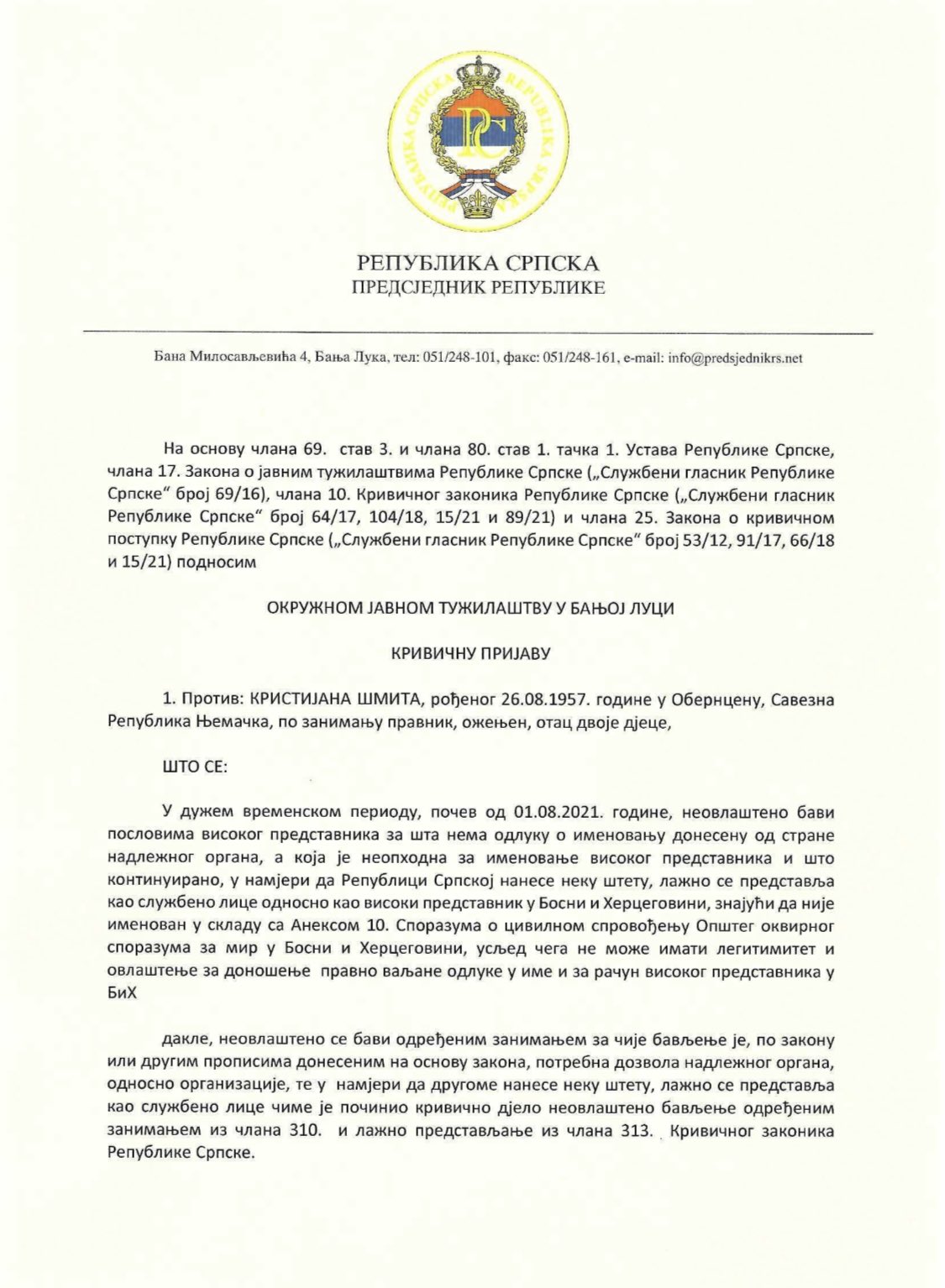Analyzing The Return Of Factory Jobs To America Under Trump's Policies

Table of Contents
The Promises and Policies
Trump's campaign rhetoric heavily emphasized bringing back manufacturing jobs, portraying it as a key component of restoring American economic strength. This promise fueled his "America First" agenda, which translated into several key policy initiatives designed to achieve this objective. These included imposing significant tariffs on imported goods, pursuing deregulation to stimulate business investment, and enacting substantial tax cuts to encourage domestic growth.
-
Tariffs: The Trump administration imposed tariffs on various imported goods, including steel and aluminum, aiming to protect domestic industries and encourage the growth of American manufacturing. These tariffs, however, often triggered retaliatory measures from other countries, complicating the economic landscape. For example, tariffs on steel impacted automakers, raising production costs and potentially offsetting any job gains in the steel sector itself.
-
Deregulation: The administration pursued deregulation across multiple sectors, arguing that reducing regulatory burdens would stimulate business investment and job creation. While this may have had some positive impacts, the long-term effects on manufacturing employment remain a subject of ongoing debate, with some arguing that environmental or safety regulations serve an important protective function.
-
Tax Cuts: The Tax Cuts and Jobs Act of 2017 significantly lowered corporate tax rates. Proponents argued that this would incentivize businesses to invest more, expand operations, and create jobs. The actual impact on manufacturing job creation, however, is difficult to isolate from other economic factors.
Job Market Data and Analysis
Analyzing the "return of factory jobs to America" requires a careful examination of manufacturing employment data during the Trump presidency. The Bureau of Labor Statistics (BLS) provides crucial data on this front. While some job growth occurred in the manufacturing sector during this period, it's crucial to compare this growth to previous administrations and consider other influential factors.
-
Growth Compared to Previous Administrations: While manufacturing jobs did increase under Trump, the rate of growth was not significantly higher than under previous administrations, and some argue that automation and technological advancements played a more significant role.
-
Factors Beyond Policy: Attributing job growth solely to Trump's policies is an oversimplification. Global economic conditions, technological advancements (especially automation), and shifts in consumer demand all played significant roles in shaping employment numbers. Automation, in particular, is a powerful force that could be driving down employment figures despite general economic growth.
-
Visualizing the Data: [Insert graph or chart here visualizing manufacturing job growth during the Trump presidency compared to previous administrations. Source: BLS]. This visual representation will strengthen the analysis and provide a clearer picture of the trends. The chart should clearly label axes and relevant data points.
The Impact of Tariffs
The effects of the Trump administration's tariffs on various industries were mixed. While some domestic industries experienced a temporary boost in demand due to reduced competition from imports, others faced increased costs due to higher prices for raw materials and components.
-
Case Studies: The steel and aluminum industries initially saw a positive impact, but the retaliatory tariffs imposed by other countries offset some of these gains. Conversely, industries heavily reliant on imported goods, such as consumer electronics, experienced increased costs that were passed on to consumers.
-
Consumer Impact: Tariffs often led to increased prices for consumers, reducing purchasing power and potentially dampening overall economic growth. This negative effect is often overlooked when solely focusing on job numbers in a specific sector.
-
Trade Wars: The trade wars initiated by the Trump administration disrupted global supply chains, creating uncertainty and impacting businesses across various sectors. This uncertainty significantly impacted investment decisions and overall economic stability.
Reshoring and Nearshoring
Reshoring (bringing manufacturing back to the US) and nearshoring (moving manufacturing to nearby countries) are significant concepts in this discussion.
-
Definitions and Examples: Reshoring initiatives, such as the return of some manufacturing processes to the US, are often cited as successes of the Trump administration's policies. Nearshoring, shifting production to countries like Mexico or Canada, is another related trend. However, it is vital to examine why these shifts occurred.
-
Influencing Factors: Decisions regarding reshoring and nearshoring are complex and depend on a variety of factors, including labor costs, transportation costs, political stability, and access to skilled labor. These choices often reflect a cost-benefit analysis that does not always translate into a net increase in American jobs.
-
Challenges and Sustainability: Reshoring faces considerable challenges, including higher labor costs in the US compared to many other countries, and limitations on domestic infrastructure. The long-term sustainability of these trends remains to be seen.
Conclusion
Analyzing the impact of Trump's policies on the return of factory jobs to America is a complex undertaking. While some job growth occurred in the manufacturing sector, attributing this solely to the administration's policies is an oversimplification. Factors like automation, global economic conditions, and the unforeseen consequences of tariffs all played significant roles. The increase in manufacturing jobs, while positive, needs to be analyzed within a broader context and should not be taken as a conclusive measure of policy success. Further research is needed to fully understand the long-term implications of these policies on the return of factory jobs to America. A balanced approach considering global economic trends and domestic policies is crucial for continued growth in the American manufacturing sector. A more nuanced understanding of the challenges and opportunities in reshoring and nearshoring is essential for effective future policy decisions related to the return of factory jobs to America.

Featured Posts
-
 Wwes Aj Styles Contract Status And Future Plans
May 20, 2025
Wwes Aj Styles Contract Status And Future Plans
May 20, 2025 -
 Benjamin Kaellman Tuo Maalintekotaidonsa Huuhkajien Riveihin
May 20, 2025
Benjamin Kaellman Tuo Maalintekotaidonsa Huuhkajien Riveihin
May 20, 2025 -
 Cassidy Hutchinson Memoir A Look Inside The January 6th Hearings
May 20, 2025
Cassidy Hutchinson Memoir A Look Inside The January 6th Hearings
May 20, 2025 -
 Napad Na Detsu U Bi Kh Tadi Optuzhu E Shmita Za Trogodishnji Sukob
May 20, 2025
Napad Na Detsu U Bi Kh Tadi Optuzhu E Shmita Za Trogodishnji Sukob
May 20, 2025 -
 Madrid Open Sabalenka Triumphs Over Mertens
May 20, 2025
Madrid Open Sabalenka Triumphs Over Mertens
May 20, 2025
Latest Posts
-
 Championship Top Spot Leeds Success Driven By Tottenham Loanee
May 20, 2025
Championship Top Spot Leeds Success Driven By Tottenham Loanee
May 20, 2025 -
 Latest Updates John Cena Vs Randy Orton And Bayleys Injury
May 20, 2025
Latest Updates John Cena Vs Randy Orton And Bayleys Injury
May 20, 2025 -
 Tottenham Loanees Stellar Performance Propels Leeds To Championship Summit
May 20, 2025
Tottenham Loanees Stellar Performance Propels Leeds To Championship Summit
May 20, 2025 -
 Wwe News John Cena Randy Orton Feud Rumors And Bayley Injury Update
May 20, 2025
Wwe News John Cena Randy Orton Feud Rumors And Bayley Injury Update
May 20, 2025 -
 Kroyz Azoyl Ston Teliko Champions League O Giakoymakis Kai I Epiki Poreia
May 20, 2025
Kroyz Azoyl Ston Teliko Champions League O Giakoymakis Kai I Epiki Poreia
May 20, 2025
